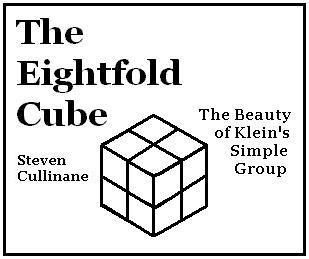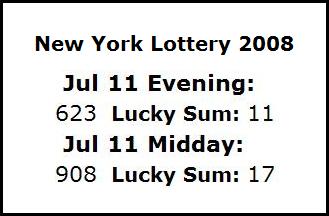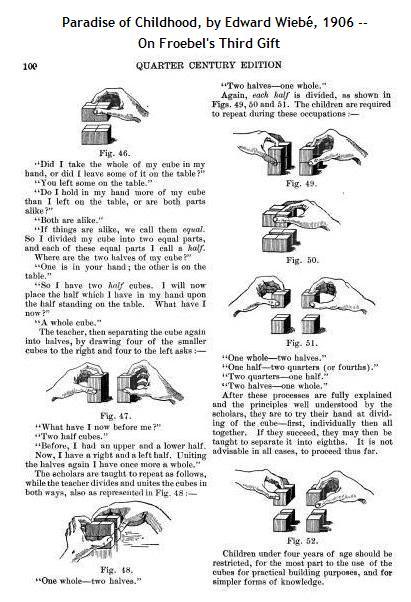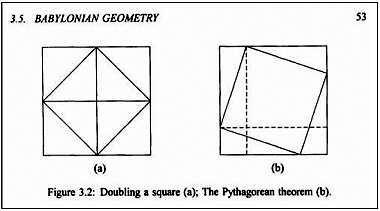Translation
Yesterday's entry discussed T.E. Hulme— a co-founder, with Ezra Pound, of the Imagist school of poetry. Recent entries on randomness, using the New York Lottery as a source of examples, together with Hulme's approach to poetry discussed yesterday, suggest the following meditation– what Charles Cameron might call a "bead game."
Part I:
Ezra Pound on Imagism (from Gaudier-Brzeska,* 1916):
Three years ago in Paris I got out of a "metro" train at La Concorde, and saw suddenly a beautiful face, and then another and another, and then a beautiful child’s face, and then another beautiful woman, and I tried all that day to find words for what this had meant to me, and I could not find any words that seemed to me worthy, or as lovely as that sudden emotion. [….]
The "one image poem" is a form of super-position, that is to say, it is one idea set on top of another. I found it useful in getting out of the impasse in which I had been left by my metro emotion. I wrote a thirty-line poem, and destroyed it because it was what we call work "of second intensity." Six months later I made a poem half that length; a year later I made the following hokku-like sentence: —
"The apparition of these
faces in the crowd:
Petals, on a
wet, black bough."
I dare say it is meaningless unless one has drifted into a certain vein of thought. In a poem of this sort one is trying to record the precise instant† when a thing outward and objective transforms itself, or darts into a thing inward and subjective.
Part II:
Eleanor Goodman on translation (in a July 7, 2008, weblog entry, "Pound and Process: An Introduction"):
"… all translations exist on an axis. Indeed, they exist in a manifold of many axes intersecting. One axis is that of foreignness and familiarity. One axis is that of structural mimicry, another of melodic mimicry. And one axis is that of semantic fidelity."
Goodman's use of the word "manifold" here is of course poetic, not mathematical.
Part III:
New York Lottery, mid-day on July 7, 2008: 771.
Part IV:
A Google search on manifold 771 reveals that 771 is, according to Google's scanners, an alternate form (a "translation," via structural mimicry) of a script version of the letter M. (See Part V below.)
Part V:
Long version of a
one-image poem —
"Random apparition:
manifold translated."
This poem summarizes the
relationship (See Part IV above) of
the (apparently) random number 771
to the rather non-random concept of
a linear manifold:

[Such lines and planes have not
been, in mathematical language,
"translated."]
— Paul R. Halmos,
Finite Dimensional Vector Spaces,
Princeton University Press, 1948
Short version of the
above one-image poem —
771:

* Gaudier-Brzeska created the artifact shown on the cover of Solid Objects, a work of literary theory by Douglas Mao. For more on that artifact and on the New York Lottery, see Sermon for St. Peter's Day. "It is not in the premise that reality/ Is a solid…." –Wallace Stevens
† "I was like, Oh My God." —Poet Billy Collins at Chautauqua Institution, morning of July 7, 2008


























 He is an internationally recognized corporate identity consultant. Based in Hong Kong, his work for clients such as HongkongBank, IBM and Unilever is a major influence in Pacific Rim design.
He is an internationally recognized corporate identity consultant. Based in Hong Kong, his work for clients such as HongkongBank, IBM and Unilever is a major influence in Pacific Rim design.


































